.jpg)
About us
Mission
"Lorem ipsum dolor sit amet, consectetur adipiscing elit, sed do eiusmod tempor incididunt ut labore et dolore magna aliqua. Ut enim ad minim veniam, quis nostrud exercitation ullamco laboris nisi ut aliquip ex ea commodo consequat. Duis aute irure dolor in reprehenderit in voluptate velit esse cillum dolore eu fugiat nulla pariatur. Excepteur sint occaecat cupidatat non proident, sunt in culpa qui officia deserunt mollit anim id est laborum."
Vision
"Lorem ipsum dolor sit amet, consectetur adipiscing elit, sed do eiusmod tempor incididunt ut labore et dolore magna aliqua. Ut enim ad minim veniam, quis nostrud exercitation ullamco laboris nisi ut aliquip ex ea commodo consequat. Duis aute irure dolor in reprehenderit in voluptate velit esse cillum dolore eu fugiat nulla pariatur. Excepteur sint occaecat cupidatat non proident, sunt in culpa qui officia deserunt mollit anim id est laborum."
About Banning Advocaten
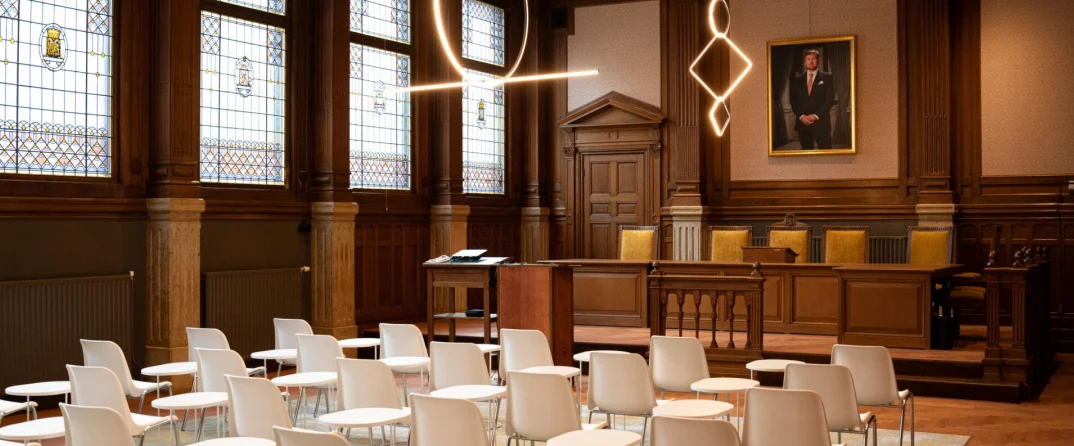
Palace as Clubhouse
Banning's office is located in the former Palace of Justice on Spinhuiswal in 's-Hertogenbosch. An iconic building of over 100 years old, which housed the court of justice until 2000.
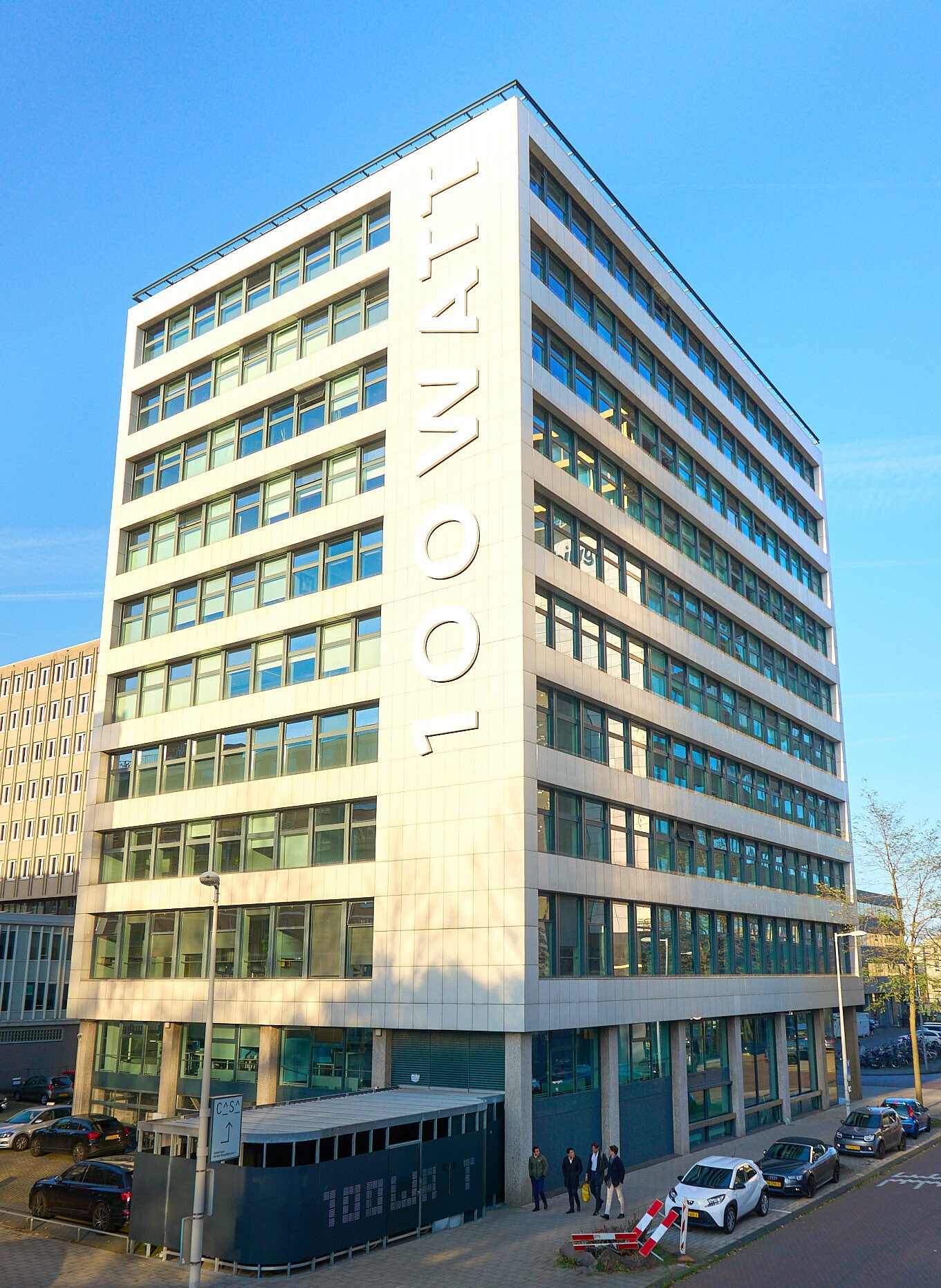
Our office
Our Amsterdam office is located in a modern office building on James Wattstraat 100, overlooking the city from the 9th floor. It is easy to reach by car from the A10 ring road and also by train as it is close to NS Amstel station.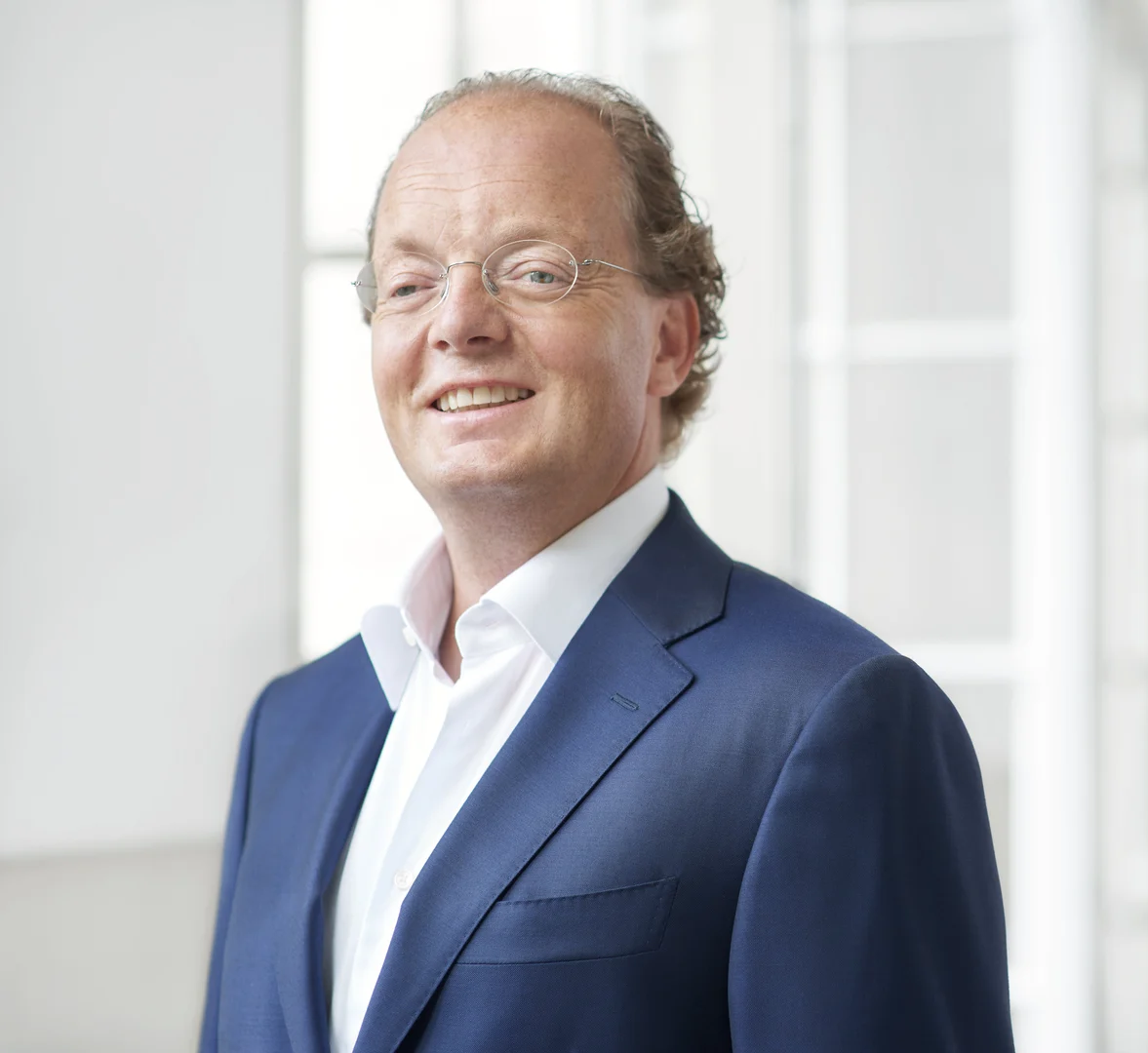
Banning Lawyers has had an Advisory Board attached to it since Jan. 1, 2021
Other board members

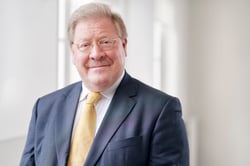

Partnerships
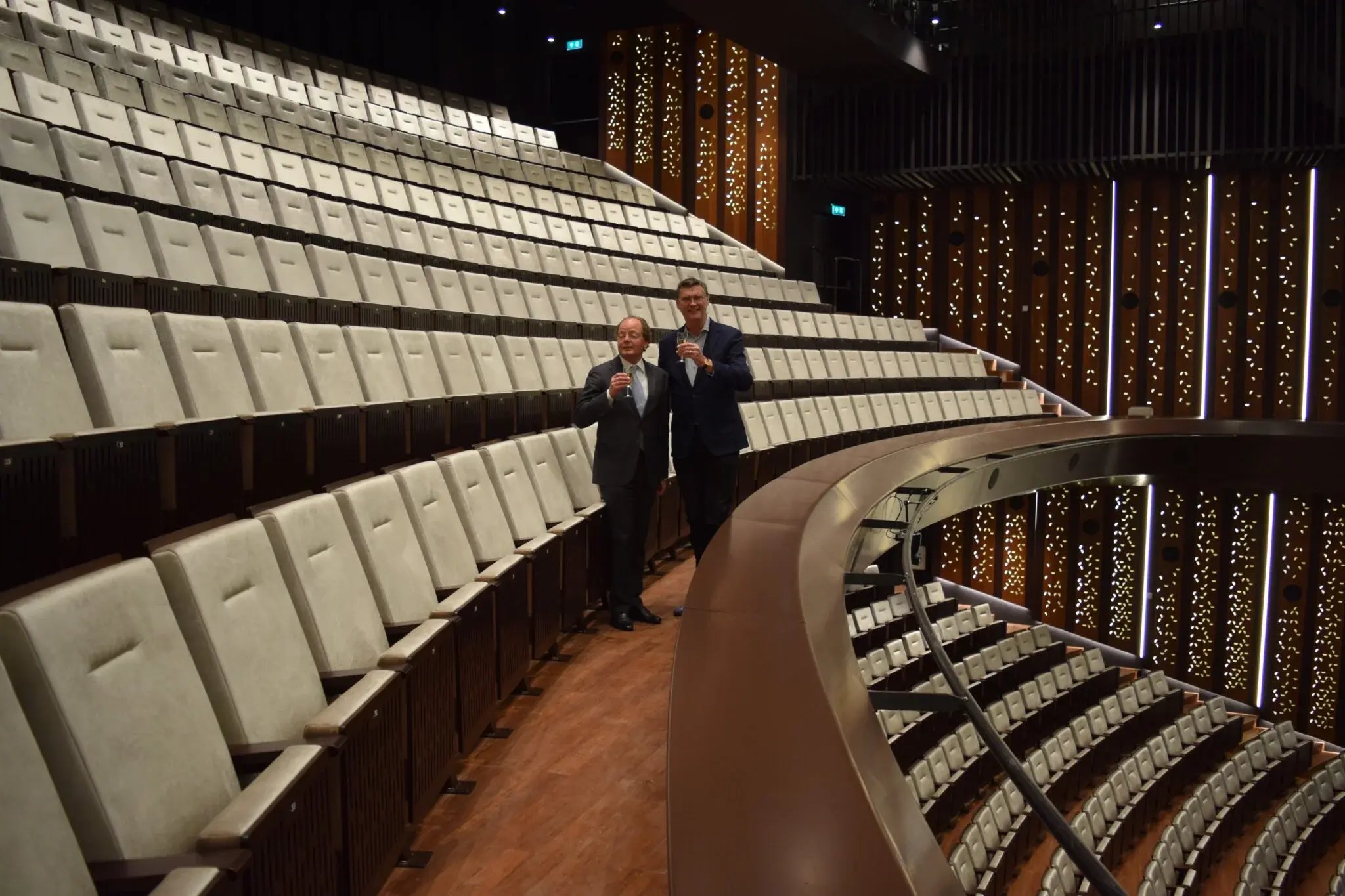
Theater on the Parade
Banning Advocaten and Theater aan de Parade are proud to announce their partnership, which stems from a shared passion for extraordinary performances, innovative initiatives and inspiring challenges. But also the social commitment that both organizations feel strongly about is an important pillar of this partnership.
Strengthening local community
The partnership therefore goes a step further, aiming to contribute to a vibrant community. By jointly organizing events and developing innovative initiatives, Banning Advocaten and Theater aan de Parade aim to make a surprising impact on 's-Hertogenbosch and its residents.Jan-Willem de Tombe, managing partner Banning Advocaten:
"The Theater aan de Parade offers a unique opportunity to strengthen our connection with the city from a new angle. Not only through the magnificent theater itself, but also by organizing events together, we want to contribute to the culture in 's-Hertogenbosch and its surroundings."
Alex Kühne, director Theater aan de Parade:
"A broad education program for children and young people and supporting young talented theater makers is one of the spearheads of Theater aan de Parade. We are delighted that Banning Advocaten is helping us with this by joining us as a Partner. Together we will work on beautiful activities, often with humor as a starting point. Because humor is a great way to get stories across, even in the courtroom."
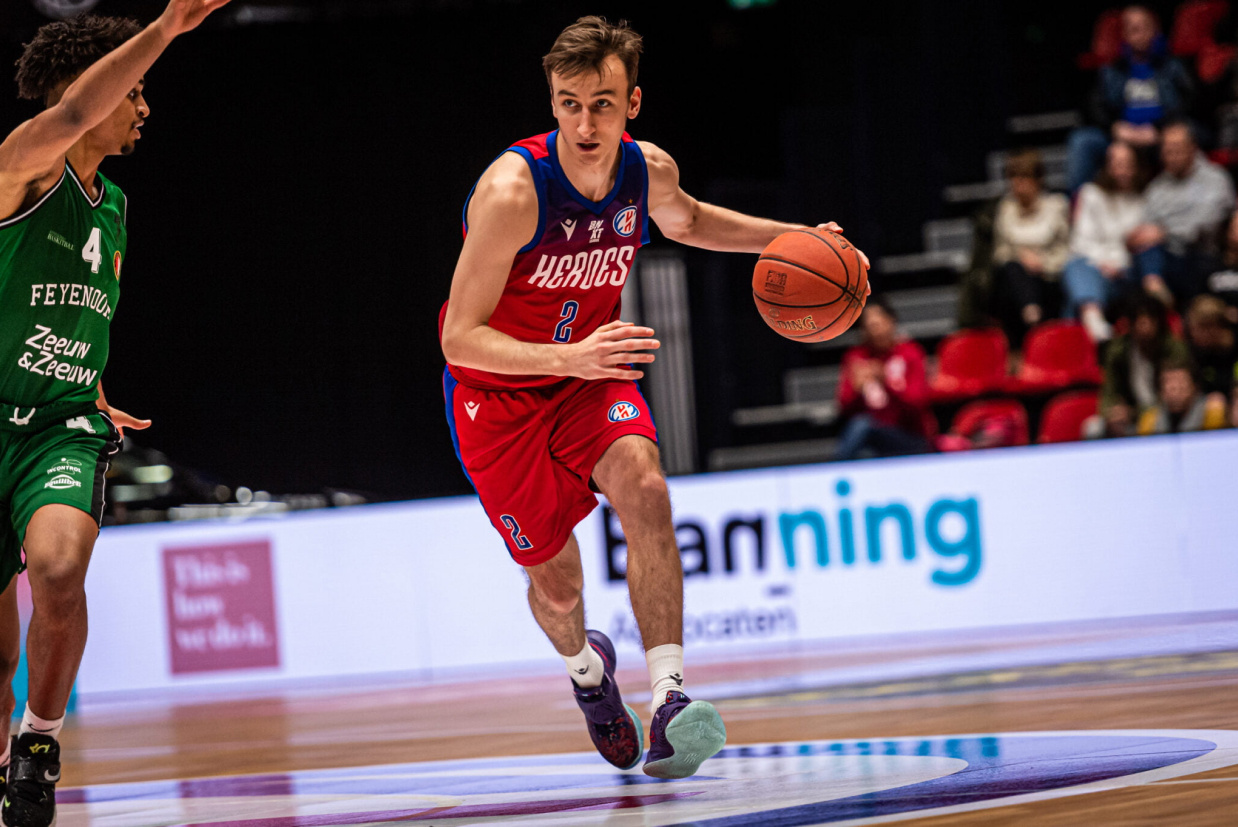
Banning Advocaten is proud partner of Heroes den Bosch
In 2020, Banning Advocaten took a number of important steps in the repositioning process. This has resulted in a new core message of our vision "Challenge me" with accompanying image and new partnerships, which we will promote through basketball club Heroes Den Bosch.The sporting ambitions of Heroes fit perfectly with the business challenges of our firm. Both want to be challenged and allow their professionals to excel. The enthusiasm, ambition and energy with which Heroes Den Bosch plays the sport and puts the club on the map is also characteristic of our office.
We are therefore proud to announce that the partnership between Heroes Den Bosch and our office has been extended until 2025. As an enthusiastic and loyal supporter we can regularly be found in the Maaspoort to encourage this top team.
We look forward to continuing our fruitful cooperation. Together we will be on the road to new successes and highlights both within our office and on the field.
The North Brabant Museum
Banning Advocaten is an official partner of Het Noordbrabants Museum in 's-Hertogenbosch, the city where Banning Advocaten has had its headquarters for nearly sixty years. In 2016, Het Noordbrabants Museum became known, among other things, for its resoundingly successful Hieronymus Bosch exhibition. With its partnership, Banning Advocaten contributes to the preservation of and education about the art, history and culture of the province of North Brabant and the city of 's-Hertogenbosch.Community involvement
Banning Advocaten attaches great importance to development and contributing to society. Banning Advocaten regularly dedicates its employees to social, sports and cultural initiatives.Quiet Den Bosch
Quiet Den Bosch makes noise for silent poverty. It connects members, sponsors and supporters in the region. Together alleviate poverty by strengthening each other. "Telling, alleviating and strengthening" are important spearheads here.
Banning Advocaten is delighted to enter into cooperation with Quiet in the fight against poverty situations. Beautiful initiatives are ready and will be further developed in the near future.
With this cooperation we strengthen our involvement in the region and are happy to contribute to elements such as education, sports, youth, theater and culture.
If you have any questions about corporate social responsibility, please contact our PR, Marketing & Communication department (073 - 692 77 73 or pr@banning.nl).
Social Advocacy
The social law profession, which assists clients largely on the basis of additions, has been under pressure for years due to increasing budget cuts. Banning Advocaten, in consultation with the Bar Association of the District of Oost-Brabant, makes the Banning Training Program available free of charge to lawyers in the social law practice, so that they can obtain their compulsory training points and also benefit from Banning Advocaten's knowledge and specialists.
If you have any questions about corporate social responsibility, please contact our PR, Marketing & Communications department
(073 - 692 77 73 or pr@banning.nl).
Diversity and Inclusion Policy
Banning Advocaten is committed to an open and safe work culture where everyone feels welcome, respected and valued. We strive for a work environment free of discrimination, where diversity is embraced and inclusion is the norm. We consider each other, actively listen and respect differences in areas such as ethnic background, religion, gender identity, sexual orientation and disabilities.
Banning Advocaten looks beyond demographic characteristics such as gender, age and nationality. For us, diversity also includes different thinking styles, backgrounds and personalities. We believe that diversity and inclusion enrich us as an organization and enhance our success, both among ourselves and in our contact with clients and candidates.
We are committed to a workforce and client approach that is representative of society, with diversity at all job levels and across teams. Banning Advocaten stands for equal opportunity in the recruitment and advancement process, assessing candidates and associates on capabilities and performance. We support everyone in personal and professional development and encourage a culture of mutual respect and understanding. We promote this through open dialogues and the creation of a safe environment.
Diversity and inclusion are shared responsibilities. All employees contribute to an inclusive and respectful workplace. Executives serve as role models by actively encouraging diversity and inclusion within their teams and throughout the organization. Together, we are building a work environment within Banning Advocaten where differences are valued and everyone can excel.
Our history
Banning Advocaten attaches great importance to development and contributing to society. Banning Advocaten regularly dedicates its employees to social, sports and cultural initiatives.
Mr. J.A.M. Banning moved his office from Roosendaal to 's-Hertogenbosch. On Carnival Monday of 1965, he got on his bicycle to open the office at Kerkstraat 56 in the middle of the city center. He chose this building in order to "get to know Den Bosch." That the foundation of the office took place on an eminently Bossche holiday was therefore more coincidence than wisdom. Jan Banning started with 245 cases, which he had acquired in one package from a Bossche colleague. Until 1967, Jan Banning practiced with two interns. Accommodation on Kerkstraat was somewhat "shabby. The secretaries' room was also used as a waiting room. Money for sprucing up the rooms or repairing broken furniture was lacking. An auction box served as a replacement for a broken leg under a desk. Because the owner of the rented building on Kerkstraat could not meet his financial obligations to the bank, the property was auctioned off and Jan Banning's office had to look for other accommodation headlong.
Effective December 1, 1967, the office was moved to 12 Park Avenue, in close proximity to the (then) Palace of Justice. This circumstance was the decisive factor in choosing this location. One could not have imagined then that over fifty years later the office would actually be located in that Palace of Justice.
Three lawyers moved into Park Avenue. Because the municipality objected to the use of the entire building as an office building and the building was to be zoned residential, the first floor was rented to a single gentleman for many years and the office was located on the second floor and attic floor. Eventually, the office occupied the entire property.
Practice operations were diverse. All common cases were handled; there was no specialization. Additions were also welcome; indeed, they formed the financial backbone of the office.
In April 1969, Jan Banning placed his very first postage-stamp-sized advertisement in the Lawyer's Journal, advertising no less than two vacancies. He was looking for an associate with experience and an intern. This call led to the hiring of Han Erkens as an intern.
At this time, the office did not carry a specific office name. It was simply called: Mr. J.A.M. Banning, lawyer and attorney. From 1974, the firm continued under the name Banning & Erkens. Partly as a result of establishing and expanding what is now called a network, the practice grew prosperously. All office members were expected to actively participate in the social life of Bossche in order to make acquisitions.
In addition, modernization made its appearance within the office. A dictation machine was introduced that was used in rotation and a less cumbersome method of photocopying was introduced. From now on, employees no longer had to hang wet copies on a clothesline to dry.
In early 1975, the office outgrew this building and it was time to move again.
It took quite a bit of deliberation before the third office building finally came into the picture: the building at 13 Van der Does de Willeboissingel. Jan Banning and Han Erkens bought this building from a medical specialist with ten children, each of whom had their own room. It was a huge building for only five lawyers, and it had a lot of allure. At the time, the firm wanted to distinguish itself from other firms, including in the style of its housing.
During the time that office was housed here, office took off in a big way. It was unmistakably a period of expansion, scaling up and merger. Many developments were initiated, the fruits of which we later reaped. One such development was the recognition of the need for specialization. In the mid-1970s, it became clear that a lawyer could no longer and should no longer handle all types of cases, but that each lawyer should apply his or her own skills and talents to a particular area of law in order to best serve the client in that one way. Thus the foundation was laid for the creation of sections with their areas of law. Linked to this, the system of hourly writing was introduced. This ended the period in which the amount of the bill at the end was largely determined by the weight of the file and the outcome of the case.
The office began to take on forms of a professional organization. With these developments there was also serious thought and discussion as to whether office should not expand its activities outside its own region and whether a second office should not be opened. Almost immediately thoughts turned to Eindhoven, a city several times larger than 's-Hertogenbosch, which offered more potential. In that Jan and Han found Eindhoven insufficiently represented quantitatively and qualitatively.
In early 1978, plans were made concrete and as of March 1, 1978, an office in Eindhoven manned by two lawyers was opened. As a result of the expansion of the partnership, the office had been renamed Banning & Erkens c.s. In January 1988, the merger of the law firms Banning & Erkens c.s. in 's-Hertogenbosch and Eindhoven and Van Kemenade & Van der Grinten in Eindhoven was announced. The new Eindhoven office moved into a renovated building on the corner of Stadhuisplein, where there used to be a casino and a lot of gambling took place. An activity entirely in line with the popular wisdom that you can never be sure of your life at sea or in court. Given the size of the office, the first (paper) directory was introduced.
As of January 1, 1991, the firm merged with the notary office Holland Kniepstra Teeuwen of Eindhoven, as a result of which office continued under the name Banning Van Kemenade & Holland, lawyers and notaries. It was the first time in the region that lawyers and notaries offered their services in one building.
In the course of 1991, it became clear that the location in Den Bosch, at the Van der Does de Willeboissingel, did not offer sufficient accommodation. After almost seventeen years, this building too had to be parted with.
The ambitions reached far. From street to avenue. From avenue to canal and from canal now to court. In February 1992, moving vans drove back and forth to move the files and office furniture of twelve lawyers and the administrative staff to the historic building in the center of 's-Hertogenbosch: the Hof van Zevenbergen. This building used to serve as an orphanage, old man's home and children's home, among other things.
On May 21, 1992, the building was officially opened by the President of the Court of Appeal of 's-Hertogenbosch.
The eight years that the office spent in the Hof van Zevenberg were tumultuous, like the entire history of our office. This period was characterized by further professionalization of the organization and by a short-lived cooperation with tax consultants and a (new) merger with notaries.
In early 1995, Jan Banning decided to hang up his toga. Thirty years to the day after starting in the Kerkstraat, the namesake and founder of our firm resigned his practice.
In the spring of 1996, it was decided to establish a partnership between our firm and the tax consultants of Moret Ernst & Young. The Eindhoven partners sought further cooperation and eventually envisaged a merger with Moret Ernst & Young. For their part, the lawyers from Bossche opted for the principle: prefer to remain masters of their own firm. In October 1998, the decision was made: both firms went their separate ways.
At that time, De Bossche advocaten opened merger negotiations with De Ruijter & Wiegman notaries in 's-Hertogenbosch. As of January 1, 1999, the firm continued under the name Banning De Ruijter & Wiegman. The lawyers remained located at the Hof van Zevenbergen and the notaries practiced at the Julianaplein, where they had had offices for many years. On April 22, 1999, this merger was concluded with a celebration at Maurick Castle in Vught. The wish was expressed to find as soon as possible a location where the practice could be conducted under one roof.
The new location for the office building was not so obvious. After years of being housed in buildings in the inner city of 's-Hertogenbosch, the choice had now fallen on a building in the Palace Quarter. At that time, the Palace Quarter consisted of only a few buildings, including the new Palace of Justice. One had to be very far-sighted to see a contemporary law firm rise up on the still barren sands. Fortunately, some of us already possessed that foresight. As of April 14, 2000, the office moved to Statenlaan 55, from the Court (of Zevenbergen) to the Palace (quarter). Again, a major military operation to get the entire office furniture to its new destination. The notary's office moved to the first floor and the legal profession to the first, second and part of the third floor.
As of October 1, 2001, it was decided that the legal profession and the notary's office would go their separate ways.
For the legal profession, this completed the circle: start as Banning, end as Banning. In this case, the firm name became BANNING Advocaten (later BANNING N.V.). The difference in spelling is illustrative of the flair the firm has acquired over time.
The merger with the firm of Mark Bannenberg and his associates was also announced with effect from October 1, 2001. The image that the firm pursued from that moment on was that of an independent and dynamic law firm with pronounced specialist knowledge of virtually all areas of law, operating in the market with flair and persuasiveness. With this merger, the number of lawyers increased to 38. A period of impetuous growth, external orientation, clear profiling, and increased name recognition began. Every effort was made to put the firm on the map even more than before.
This also led to the fact that many lawyers, newly graduated or from elsewhere, had found their way to our office. In all those years, the number of lawyers rose to well over sixty and there were about the same number of support staff.
For twenty years, the office practiced from Staten Avenue. Again within walking distance of the (new) Palace of Justice. In those days the so-called "palace walk" existed. Per day, one employee of the office walked to the palace with all procedural documents, which had to be filed at that time. If you wanted to bring a procedural document with the palace walk, you had to make sure that you handed it in before 10:00 a.m. Punctually at 10 a.m., the palace run was conducted.
The office building on Statenlaan consisted of a first floor, of which we had access to the left part, where our reception desk and administration were located. In addition, the large Jan Banning Conference Room and small consulting rooms were located there. Office had access to the right part of the first floor, where our canteen or "The Erker" was located. The canteen owed this name to the fact that the room looked like a bay window from the outside. Also in that canteen we had our own Banning Bar! The middle part of the first floor was not available to us. This was leased to another company. If you wanted to get to De Erker from reception, you had to go through one of the upper floors or walk around outside. In addition to the first floor, our office had access to the first, second and third floors. Over the years, we outgrew these facilities, so that not only were many lawyers forced to share rooms, but we also rented part of the fourth floor, which housed the entire Family Law Section for several years.
And then, after twenty years of Statenlaan and Paleiskwartier, the office faced a choice: stay put or move again. And the rest is history.
As of January 1, 2018, the office moved into the former Palace of Justice. The palace of the region and our Palace with a capital letter. History has repeated itself. Again, office managed to distinguish itself through style of housing and again, there were office colleagues with foresight who saw a (long-term) future in this building. The former palace was in a not too modern state, especially since the building had been vacant for over twenty years. Moving after years of being in a modern building to premises that radiated antiquity: that took guts. But we are Banning! First, courage was shown with the complete rebranding of our brand identity. Images of lawyers bending themselves into all sorts of shapes and positions and the transition from our familiar red color to mint green: BANNING N.V. became Banning Advocaten. And that boldness was shown again during a complete renovation of this building. With a great result: our Palace as Clubhouse!